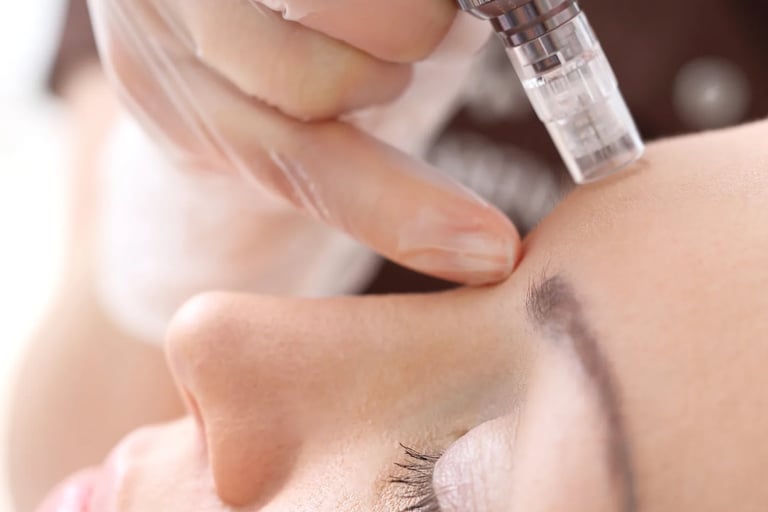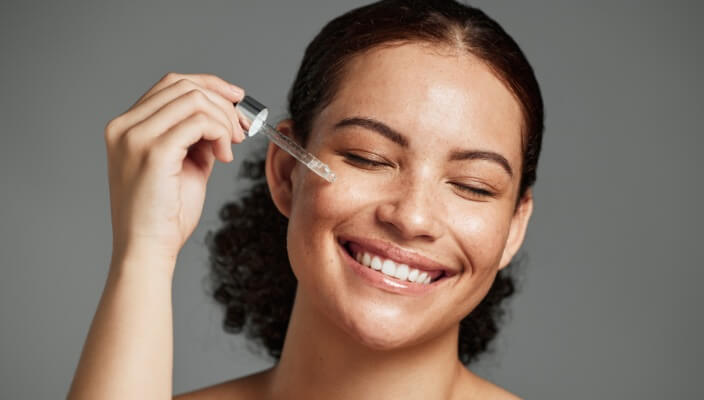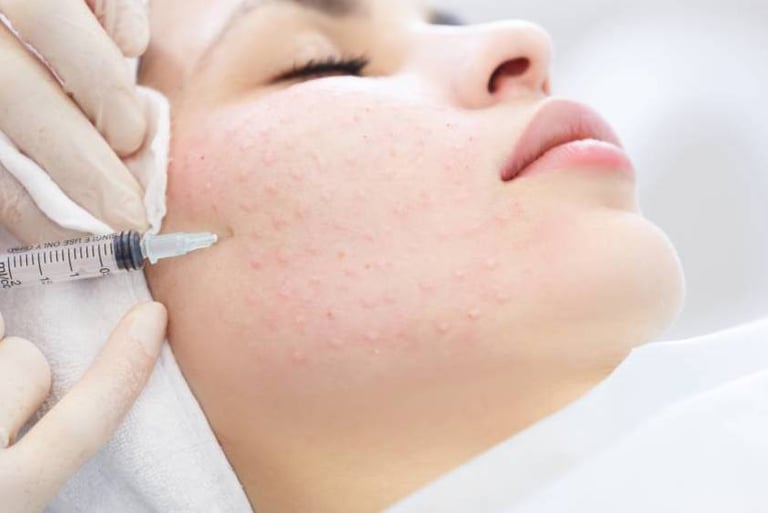The Best Application Methods of Exosomes in Skincare and Hair Restoration
10/8/20253 min read
4. Combining Modalities for Synergistic Results
The strongest outcomes often occurred when exosome therapy was combined with adjunct technologies, including:
Low-level laser therapy (LLLT) – to enhance scalp blood flow.
Platelet-rich plasma (PRP) – to add autologous growth factors.
Ultrasound or LED priming – to increase permeability before topical exosome infusion.
Such multimodal protocols can amplify results in androgenetic alopecia, alopecia areata, and photoaged skin, while reducing downtime and systemic side effects seen with oral medications.
5. Source Matters: MSC and Adipose-Derived Exosomes Lead the Field
Most studies used mesenchymal stem cell (MSC)-derived exosomes due to their regenerative and anti-inflammatory signaling. Adipose-derived exosomes (ADSC-Exos) also showed strong dermal renewal and collagen-boosting effects, making them particularly suited for aesthetic applications.
Key Clinical Takeaways
Best Delivery Method: Microneedle-assisted application remains the most efficient and evidence-backed approach for exosome therapy in both hair restoration and facial rejuvenation.
Topical Boosters: Use topically applied exosomes post-procedure to enhance healing and collagen remodeling.
Custom Protocols: Combine with PRP, LLLT, or growth factor serums for synergistic results.
Safety: While animal and early human studies are promising, standardized exosome formulations and FDA-approved products are still in development.
Conclusion
Exosome therapy represents the next frontier in regenerative aesthetics. For practitioners, optimizing how exosomes are delivered is just as critical as the quality of the exosomes themselves. Evidence now strongly supports microneedle-mediated or device-assisted application as the most effective route for achieving measurable improvements in hair density, skin texture, and dermal health.
Why Delivery Method Matters
Exosomes—cell-derived nanovesicles rich in growth factors, peptides, and genetic signals—have emerged as one of the most promising biologics in regenerative aesthetics. However, their clinical results depend heavily on how they are delivered into the skin or scalp.
A recent 2025 Cureus review by Schaffer et al. analyzed 16 studies from 2018–2023 comparing various exosome application methods, including microneedle patches, intradermal injections, topical formulations, and device-assisted delivery. The findings have major implications for how medspas and dermatology practices can optimize exosome-based therapies for skin rejuvenation and hair restoration.
1. Microneedle Delivery: The Gold Standard
Across nearly all studies reviewed, microneedle (MN) delivery consistently outperformed topical or injectable routes.
Hair Regrowth:
Microneedle patches loaded with mesenchymal stem cell (MSC)-derived exosomes accelerated hair regrowth in animal models within 2–7 days, outperforming both topical minoxidil and subcutaneous injections.Shi et al. reported a 99% hair regeneration rate using adipose-derived exosomes + clobetasol in a dissolving MN patch—versus 85% for injection and 77% for minoxidil.
Yang et al. observed visible regrowth starting at day 2 with MN exosome delivery, compared to day 8–10 for injections.
Why It Works Better:
Microneedles create microchannels through the stratum corneum, enhancing penetration while minimizing trauma. The gradual dissolution of the MN tips enables sustained exosome release directly into the dermis and around hair follicles, improving uptake and efficacy even at lower doses.Practical Use:
In clinic, MN-assisted exosome application can be performed with automated microneedling devices designed for targeted scalp or facial use. For hair loss, MN-assisted delivery can be combined with growth factor cocktails or low-dose corticosteroids for synergistic follicular stimulation.


2. Topical Application Alone: Limited Penetration
Topical application of exosomes or exosome serums shows modest results when used without an assistive device. The review noted that sebaceous buildup and stratum corneum barriers limit absorption into the follicular unit.
However, when combined with microneedling, laser, or ultrasound, penetration and biological activity improve significantly.
Park et al. demonstrated that a topical adipose-derived exosome solution combined with microneedling improved skin elasticity by 11.3% and reduced pigmentation by ~10% compared to control.
Chernoff et al. reported high patient satisfaction when pairing topical exosomes with calcium hydroxylapatite (CaHA) injections, suggesting that exosomes can also enhance dermal biostimulation.
Takeaway: For scalp and facial treatments, topical-only exosome application is best used as a post-procedure booster (after laser, RF microneedling, or PRP) rather than a standalone method.


3. Intradermal Injection: Effective but Less Retentive
Direct intradermal injection of exosomes allows targeted placement but demonstrates lower tissue retention than microneedle delivery.
Han et al. found that exosomes injected directly into spinal or dermal tissue dispersed quickly, while those administered through microneedle patches remained localized longer, providing sustained release and better regenerative outcomes.
Clinically, injection may still be appropriate for small, targeted areas—such as focal alopecia patches or fine-line correction—where precision matters more than diffusion.


Disclaimer: The information provided on this website is for educational purposes only and is not intended as medical advice. No exosome product discussed or referenced herein has been approved by the U.S. Food and Drug Administration (FDA). Individuals seeking medical advice or treatment should consult with a qualified healthcare professional.